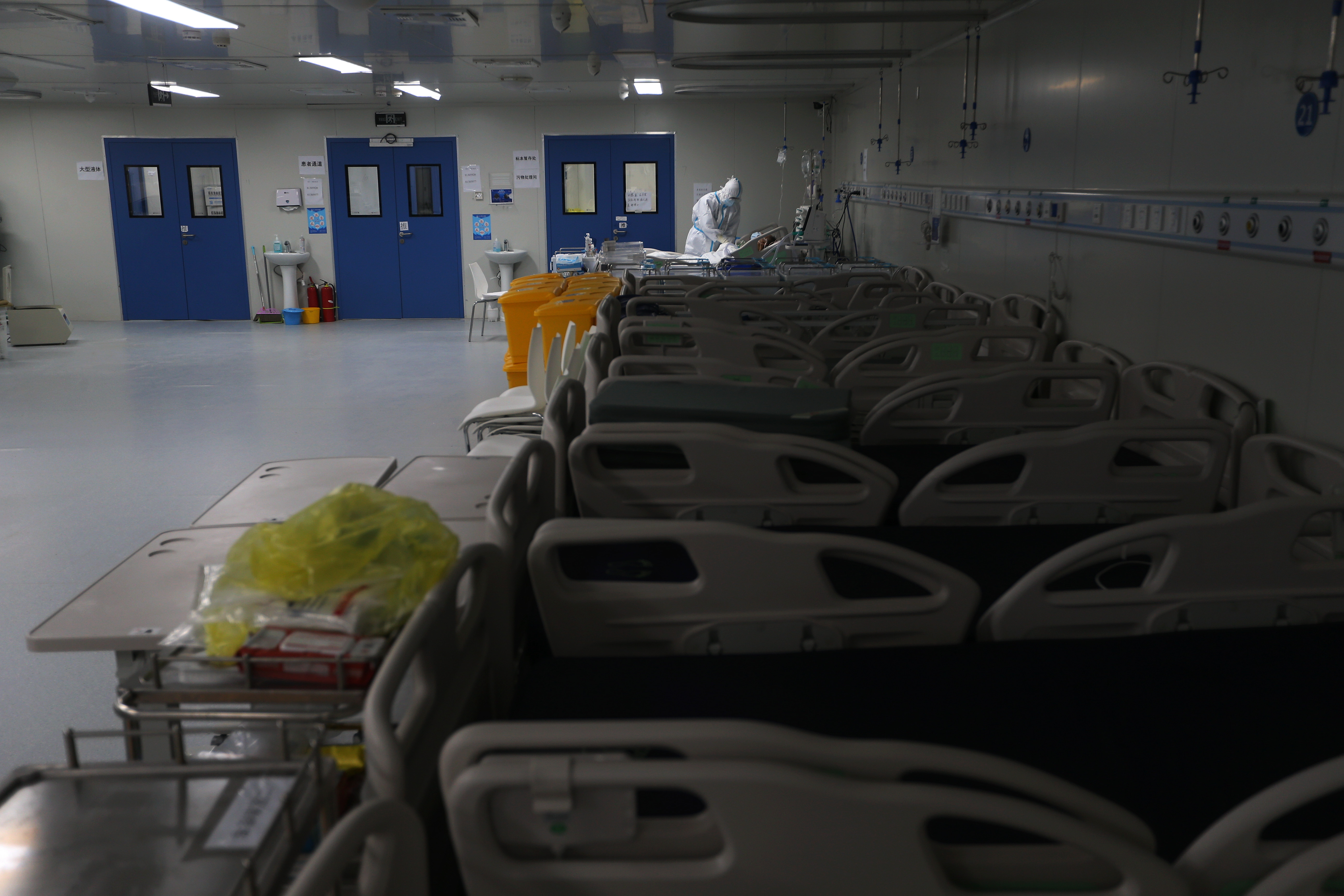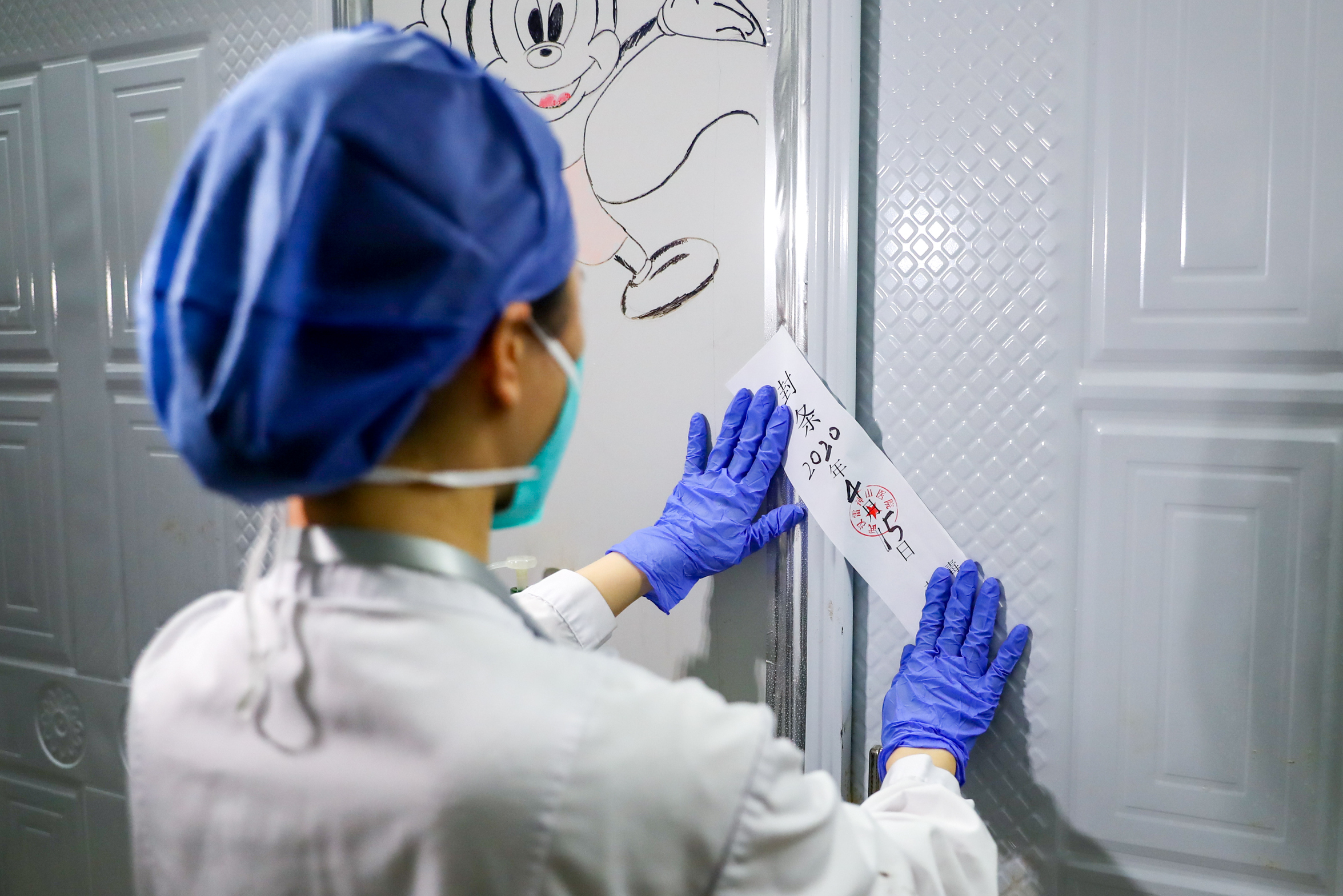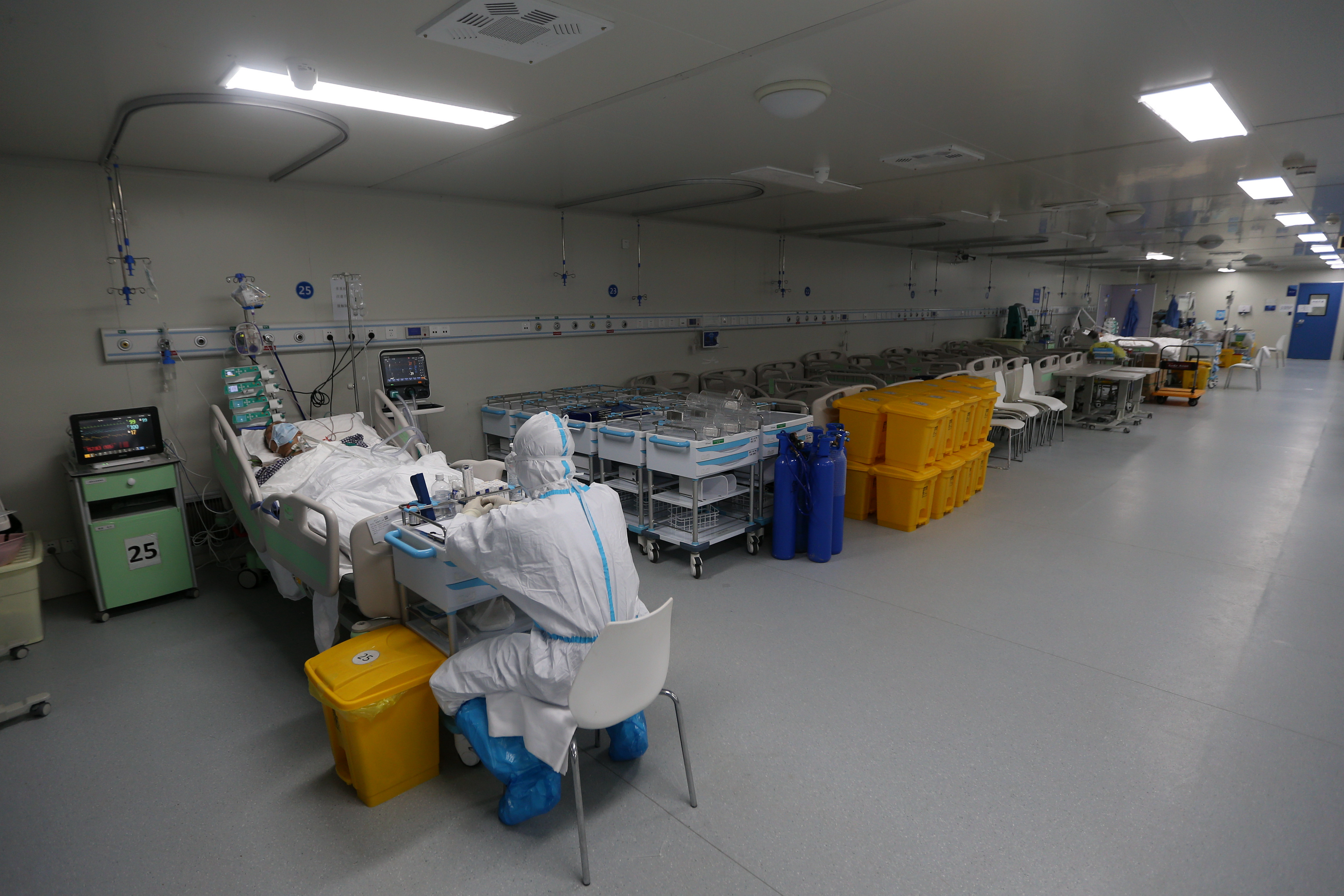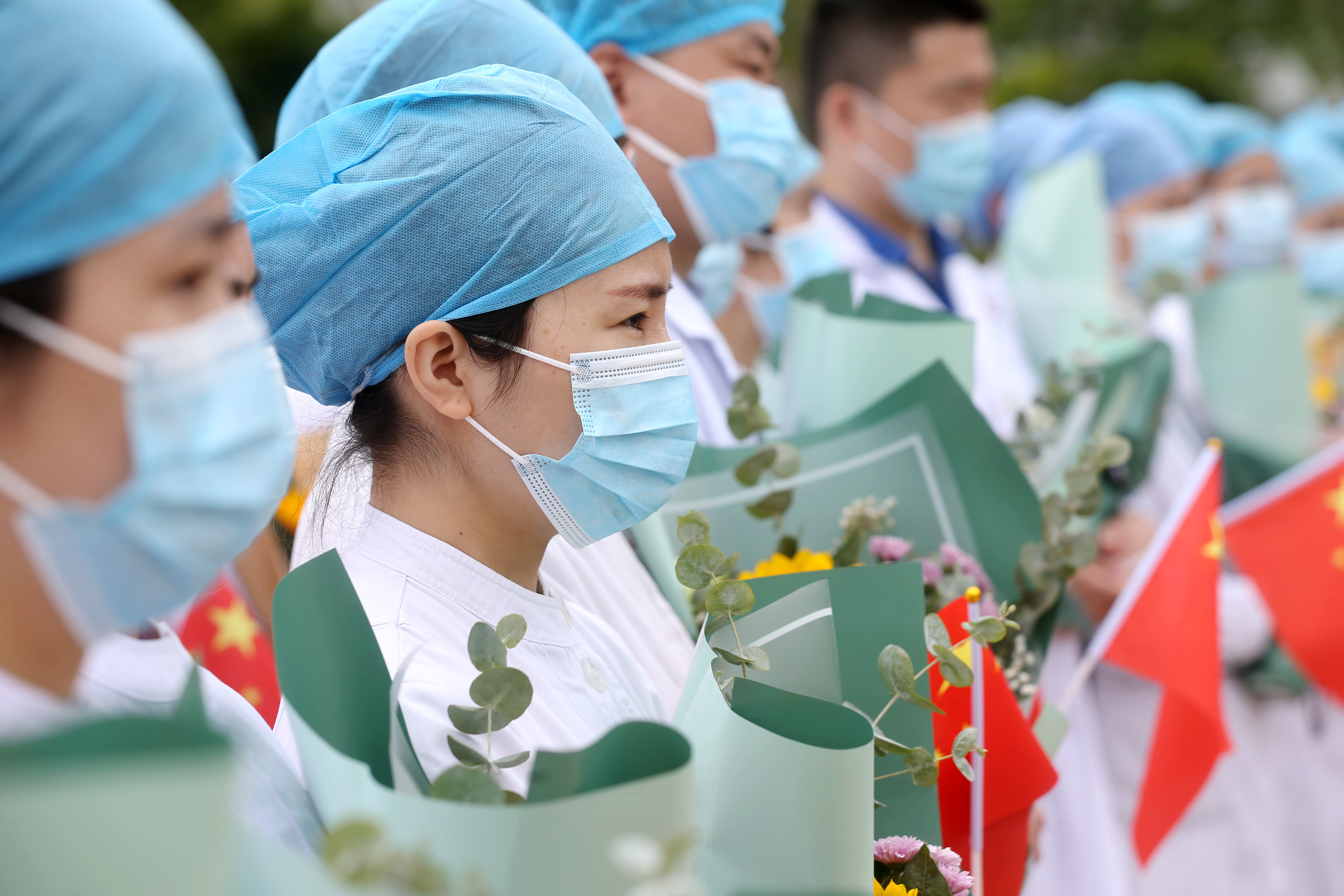Some Western media, including VOA, Newsweek, and RFI, made groundless accusations on Wuhan's death toll, claiming it amounts to more than 40,000. They come up with the number solely based on a Caixin's report which quoted a driver as saying that his van carried more than 2,500 urns on a day after the funeral houses reopened to the public after the epidemic; and based on a picture showing long lines of Wuhan residents in front of funeral houses after they opened to the public after two months' closure.
Chen Xingxu, the founder of "Wuhan 520," a volunteer group founded in late January after the outbreak which is also responsible for gathering online help-seeking information of COVID-19 patients in Wuhan, said that until now, they have registered more than 2,000 patients who contracted with coronavirus.
According to data from Chen's organization, roughly 50 of those patients died afterward, making the death rate from the COVID-19 recorded by his organization 2.5 percent.
Official figures show 2,579 people in Wuhan died from the virus, bringing the city's mortality rate to around 5.1 percent.
"The number was generated by 200 of our volunteers' arduous work during the past three months. How could those foreign media just make up their estimation based on the reported number of urns, assumptions and social media? This isn't anything to go by," said Chen.
Cathy Li from "Life Support," another organization that was founded in February, similar to Chen's, also helped generate data of COVID-19 patients, told the Global Times on Wednesday that they have recorded few thousand infected patients in their system, and helped contact hospital for arranging beds for them.
"After callback on those patients on April 10, we found there were dozens, no more than 60 deaths," said Cathy.
A total of 47,900 people died in Wuhan in 2018, which means about 4,000 people died monthly on average, according to data from Wuhan's bureau of statistics.
After Wuhan was placed under lockdown since late January, the city's funeral houses were also closed to the public, and reopened on March 23.
During the outbreak, in addition to deaths caused by the virus, death figures in the city, with a population of roughly 11 million, included those who died for other reasons, said Chen, citing cancer patients who died after missing chemotherapy because hospital resources were greatly strained to treat COVID-19 patients.
Those deaths were not included in the COVID-19 death toll, but their bodies were also cremated during the two months, along with other deaths in Wuhan, "the long line in front of the funeral houses is not a surprise and should not be solid evidence of the a government cover-up regarding Wuhan's death toll," said an anonymous Wuhan doctor.
VOA made a groundless estimation that Wuhan funeral homes likely distributed an average of 3,500 urns per day from March 23 (the day Wuhan's funeral houses reopened to public) to April 4, which marks Qingming Festival, the traditional tomb-sweeping festival. By that estimate, VOA said 42,000 urns would have been released in a 12-day period.
This was refuted by Wuhan volunteer driver surnamed Fang, who was assigned to take relatives of the deceased to collect urns, as the city was still under strict lockdown and traffic was not resumed yet.
Fang said that he thought he would be preoccupied for quite a few days after Wuhan funeral houses reopened, as the community he was in charge of has several hundreds of residents, mostly senior residents, and there were only five volunteer cars.
But he finished this task within two days after March 23.
"There were long lines at funeral houses in the first two days. But later, the number drastically declined. Chinese people traditionally believe burial brings peace for the deceased. So those relatives flocked to collect remains right after funeral houses reopened in order to bury them to bring peace to their loved ones."



